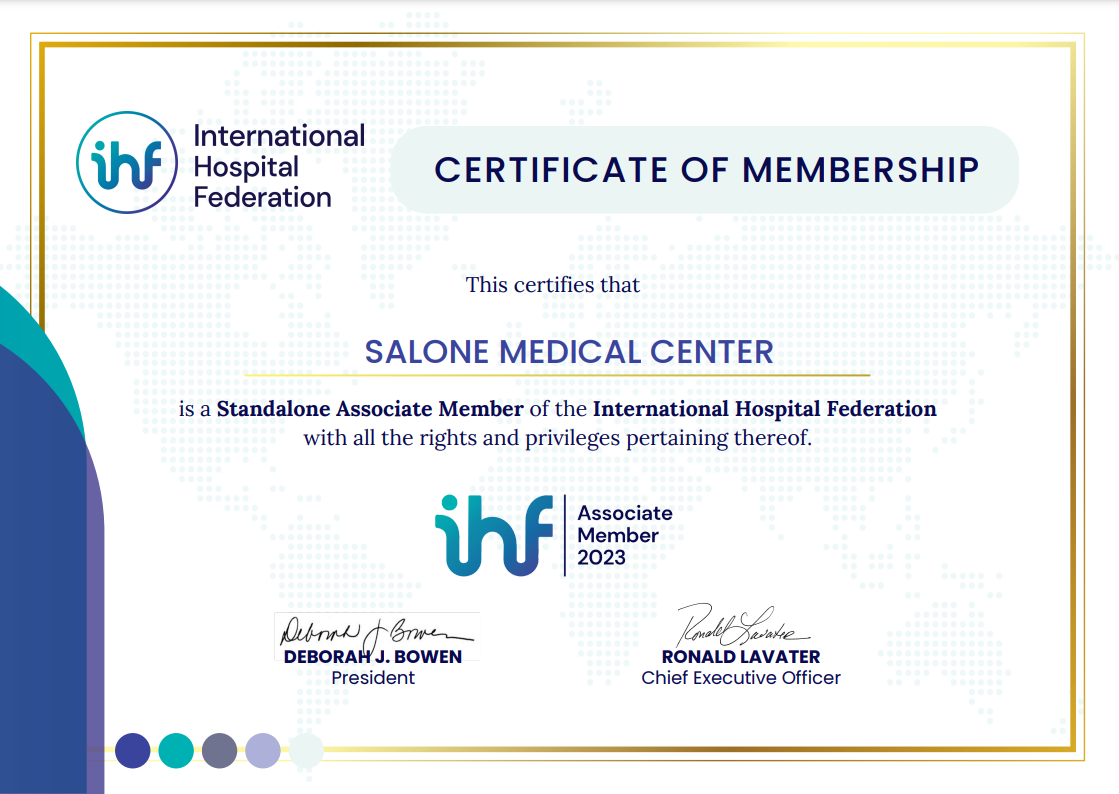
Internal Medicine Cases, Paediatrics, Accidents, Sutures, Burns Management, Fractures of Bones
- Internal Medicine Cases: a medical specialty that focuses on the prevention, diagnosis, and non-surgical treatment of adult diseases and conditions affecting internal organs. Internal medicine physicians, also known as internists, are skilled in managing a wide range of medical conditions, from common illnesses to complex diseases. Internal medicine cases involve patients with various health issues such as diabetes, hypertension, heart disease, respiratory disorders, gastrointestinal problems, and more. Internists often serve as primary care physicians and coordinate care for patients with multiple medical concerns.
- Pediatric (Pediatrics): specializes in the care of infants, children, and adolescents. Pediatricians are medical doctors who diagnose and treat medical conditions specific to this age group. They provide preventive care, monitor growth and development, administer vaccinations, manage childhood illnesses, and offer guidance to parents on nutrition and overall well-being. Pediatric cases include a wide range of conditions and concerns that affect children, from minor infections to chronic diseases.
- Accidents: refer to unexpected events that cause physical injury or harm to individuals. Accidents can happen in various settings, such as at home, on the road, at work, or during recreational activities. Common types of accidents include falls, car accidents, burns, cuts, and sports-related injuries. Medical professionals, including emergency room staff and trauma specialists, manage accident cases by assessing injuries, providing immediate care, stabilizing patients, and initiating appropriate treatments.
- Sutures: are medical procedures in which a wound or incision is closed using threads or other materials to promote healing and reduce the risk of infection. Sutures can be used for various types of wounds, including surgical incisions, lacerations, and cuts. The process involves threading the material through the skin to bring the edges of the wound together. Sutures help keep the wound closed while the body’s natural healing processes take place.
- Burns Management: Burns management involves the treatment and care of burn injuries, which can range from minor to severe. Medical professionals assess the depth and extent of the burn, and treatment varies based on its severity. First-degree burns involve only the outermost layer of skin and typically require basic wound care. Second-degree burns affect deeper layers and may require dressings and medications. Third-degree burns are more severe and often require specialized care, including skin grafts. Burn management focuses on wound care, infection prevention, pain management, and promoting proper healing.
- Fractures of Bones: Fractures are breaks or cracks in bones that result from trauma or excessive force. Fractures can be classified as complete or partial and can range from simple to complex. The management of fractures involves assessing the type and location of the fracture, realigning the bone if necessary, and providing appropriate stabilization. Treatment options include casting, splinting, traction, and, in some cases, surgical intervention. Proper fracture management aims to promote bone healing, restore function, and prevent complications.
Each of these medical scenarios involves specific skills, expertise, and approaches to providing effective care and support to patients.


